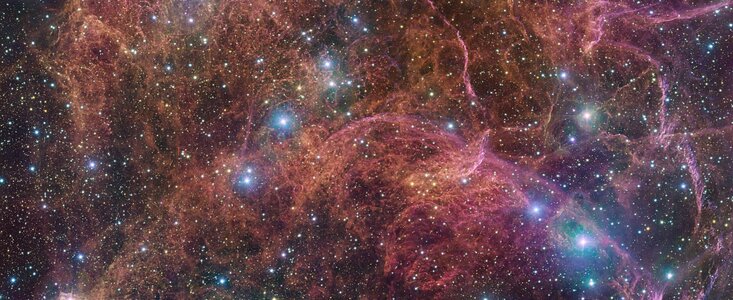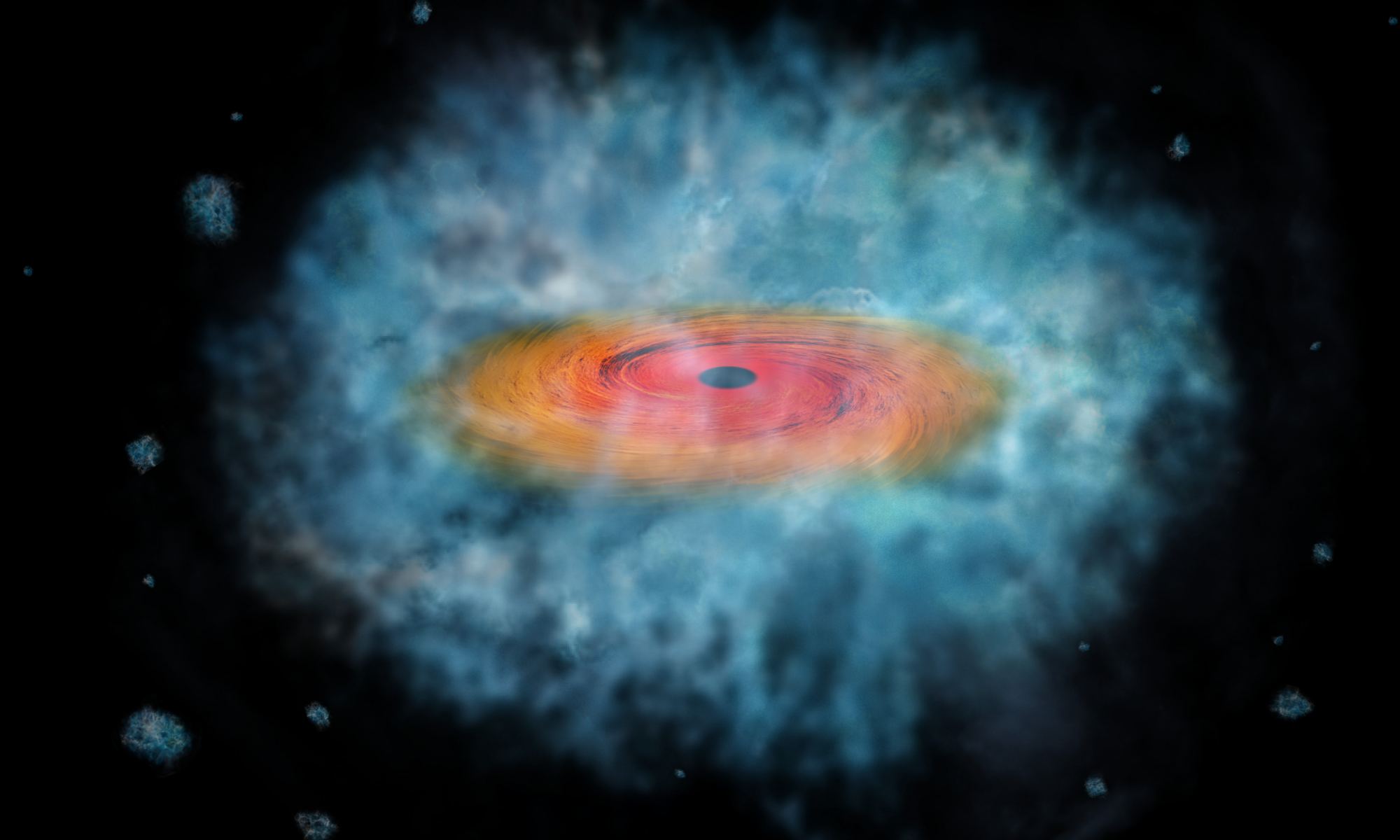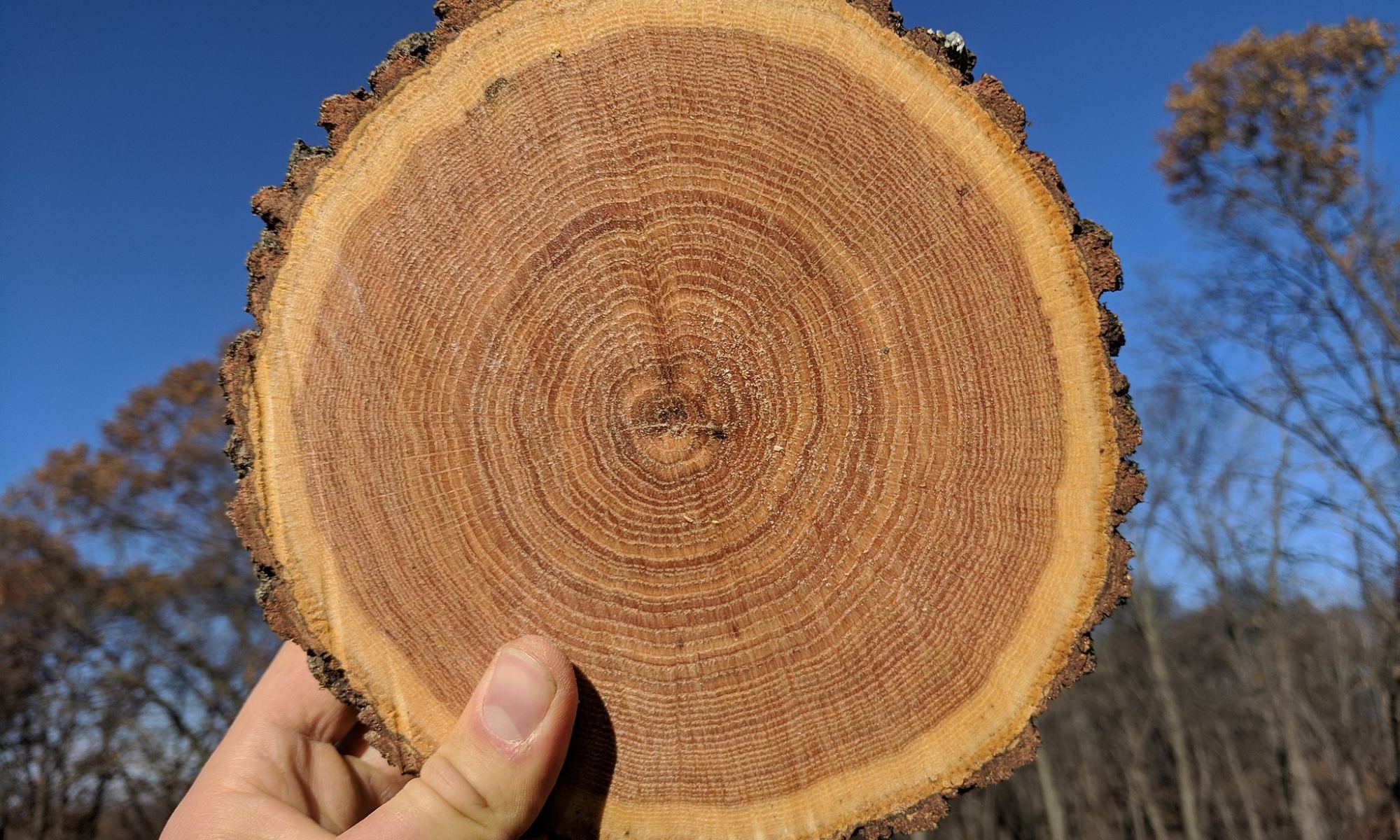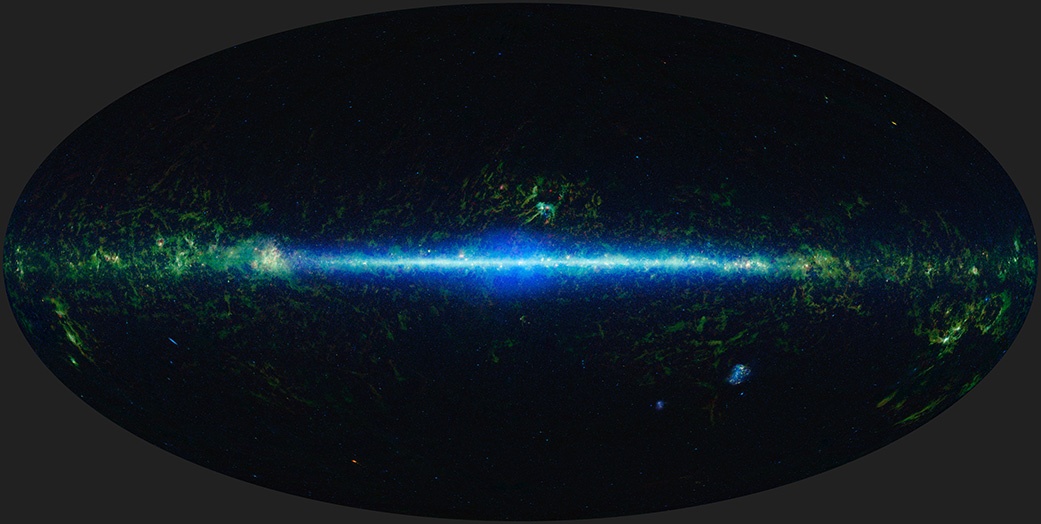Astronomical images never cease to delight, and the European Southern Observatory’s image of the Vela nebula is no exception.
Continue reading “ESO Finds the Ghostly Image of a Dying Star”ESO Finds the Ghostly Image of a Dying Star


Astronomical images never cease to delight, and the European Southern Observatory’s image of the Vela nebula is no exception.
Continue reading “ESO Finds the Ghostly Image of a Dying Star”Why 2022 may be a banner year for the November Taurid meteors.
One of the most notorious producers of fireball meteors could prove to be active this coming week. We’re talking about the Taurid Fireballs, produced by the complex Southern and Northern Taurid meteor stream. Sandwiched between the better known October Orionids and the November Leonids, the Taurids (sometimes referred to as the ‘Halloween Fireballs’) are a complex meteor shower worthy of scrutiny in early November.
Continue reading “Possible Taurid Meteor Outburst For 2022?”
Roughly half a century ago, astronomers realized that the powerful radio source coming from the center of our galaxy (Sagittarius A*) was a “monster” black hole. Since then, they have found that supermassive black holes (SMBHs) reside at the center of most massive galaxies. This leads to what is known as Active Galactic Nuclei (AGN) or quasars, where the central region of a galaxy is so energetic that it outshines all of the stars in its galactic disk. In all that time, astronomers have puzzled over how these behemoths (which play a crucial role in galactic evolution) originated.
Astronomers suspect that the seeds that formed SMBHs were created from giant clouds of dust that collapsed without first becoming stars – aka. Direct Collapse Black Holes (DCBHs). However, the role of magnetic fields in the formation of DCBHs has remained unclear since none of the previous studies have been able to simulate the full accretion periods. To investigate this, an international team of astronomers ran a series of 3D cosmological magneto-hydrodynamic (MHD) simulations that accounted for DCBH formation and showed that magnetic fields grow with the accretion disks and stabilize them over time.
Continue reading “Did Supermassive Black Holes Collapse Directly out of Giant Clouds of gas? It Could Depend on Magnetic Fields”
In the beginning, there was hydrogen and helium. Other than some traces of things such as lithium, that’s all the matter the big bang produced. Everything other than those two elements was largely produced by astrophysical rather than cosmological processes. The elements we see around us, those that comprise us, were mostly formed within the hearts of stars. They were created in the furnace of stellar cores, then cast into space when the star died. But there are a few elements that are created differently. The most common one is gold.
Continue reading “Not Just Gold. Colliding Neutron Stars Forge Strontium, Lanthanum, and Cerium”There’s a monster black hole in our backyard (astronomically speaking). Life could survive underground on Mars for hundreds of millions of years. Starlink was hacked and now works as GPS. Bad news for Arecibo.
Continue reading “Monster Black Hole Found Near Earth, Starlink Hacked, Early Life Killed Mars”
Trees are like sentinels that preserve a record of shifting climates. Their growth rings hold that history and dendrochronology studies those rings. Scientists can determine the exact ages of trees and correlate their growth with climatic and environmental changes.
But they also record the effects of more distant changes, including the Sun’s activity.
Continue reading “The Most Devastating Solar Storms in History are Scoured Into Tree Rings”In June, NASA announced that it had commissioned an independent study team to investigate unidentified aerial phenomena (UAPs) from a scientific perspective. Last week, NASA announced the members of the independent team that will study observed events in the sky that cannot be identified as aircraft or natural phenomena. These sixteen individuals, a collection of scientists and researchers from premier institutions across the U.S., will analyze all possible data sources that could help NASA and other agencies learn more about this phenomenon.
Continue reading “NASA Announces the Team who'll be Studying UFO Data. It's a Pretty Impressive List”
MEMPHIS, Tenn. — Side-by-side pictures from NASA’s 32-year-old Hubble Space Telescope and the brand-new James Webb Space Telescope may draw oohs and ahhs, but they don’t give you a full sense of just how much more astronomers are getting from the new kid on the cosmic block.
Fortunately, new tools for data visualization can get you closer to the sense of wonder those astronomers are feeling.
“The public is just presented with these beautiful pictures, and they think, ‘Oh, wow, that’s great,'” says Harvard astronomer Alyssa Goodman. “But in my opinion, they could learn a lot more from these images.”
Goodman laid out strategies for getting a better appreciation of JWST — and a better appreciation of the technologies that are transforming modern astronomy — this week at the ScienceWriters 2022 conference in Memphis.
Continue reading “How to See the Bigger Picture From NASA’s Webb Space Telescope”A worldwide team of dedicated observers ‘stood in the shadow’ of asteroid Didymos recently, as it passed in front of a distant star.
Amateur astronomers continue to provide key scientific observations, even in the modern era. This was highlighted recently, when a team of dedicated observers caught a series of occultation of a distant stars involving asteroid 65803 Didymos.
Continue reading “Occultation Chasers Nab the Shadow of Didymos, Post DART Impact”
The Universe is over 13 billion years old, so a 12-year slice of that time might seem uneventful. But a timelapse movie from NASA shows how much can change in just over a decade. Stars pulse, asteroids follow their trajectories, and distant black holes flare as they pull gas and dust toward themselves.
Continue reading “NASA Provides a Timelapse Movie Showing How the Universe Changed Over 12 Years”